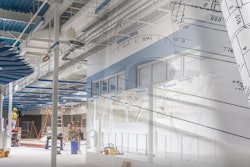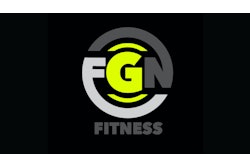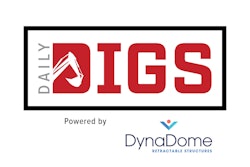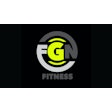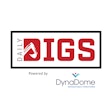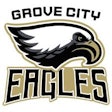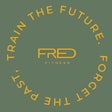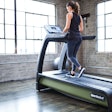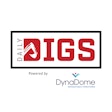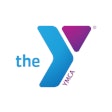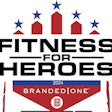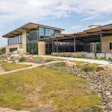There is added value to offering a broad range of retail products as a means to increase overall profit.
What have your members purchased from your facility store lately? Chances are, not a whole lot. As you know, there is added value to offering a broad range of retail products as a means to increase overall profit. The high costs of large-scale facilities and labor expenses may be mitigated to some degree by the development of a retail boutique that offers that latest in spa and fitness goods. To ensure that your facility will benefit from the small risk of retail sales, establish relationships with vendors who see the value in offering low pricing and/or discounts for products, in addition to low minimum orders. There are several key factors to retail sales, including inventory turnover, cost of goods sold, product selection and the creation of an advertising and promotion plan, which are all vital to the profitability of the retail products offered.
Inventory turnover
A focus on maximizing inventory turnover is important to ensure that the products purchased have a limited time on display or in storage. The quicker the inventory is replenished, the less cash will be tied up in maintaining your inventory; therefore, a general goal should be to turn over inventory about six to eight times per year.
Cost of goods sold
Cost of goods sold is an important determinant in the overall profitability of the facility because it is a reflection of the amount spent to purchase the item versus the amount for which the item actually sold. The markup of an item is a key factor in the amount of product sold. If the targeted population will pay more for a product due to its demand, popularity or convenience, a facility can generate more profitability. However, if the markup is too high, the facility will have a lower turnover rate, and be unable to sell the products. This will lead to more items offered at a discount, which will increase the cost of sales percentage and make the items less profitable.
Advertising and promotions
Advertising and promotions will continue to be the driving force for retail sales. Creating an advertising and promotion plan at least six to 12 months in advance will help to organize and determine the seasonal items the facility will focus on. Once this has been created, a manager can determine the appropriate items to sell during each season. Promotions may range from two-for-one offers, discounted coupons, holiday specials and gift certificates. A great, low-cost way to create new promotions is to involve your vendors. Recruit your vendor to supply complimentary samples or to hold fashion shows for the new lines that your facility will offer in the upcoming season.
Appeal to the senses
Retail items should appeal to the senses. Members like to touch, taste, feel and try on retail products. Create an area specific for these products, label testers and ensure the staff is able to speak about the product, its benefits and costs. In addition, change the displays on a regular basis. This will help to create the illusion that you have a whole new line of products available. Better yet, shoot for a high inventory turnover rate. Hold small focus groups with members to ensure you're stocking what they want to buy. If members know that they can buy retail products at their fitness center that they would normally purchase at a different location for the same price or lower cost, they will take advantage of the convenience, and the facility will have a loyal member to contribute to its profitability. Overall, managers must understand the importance of inventory turnover, minimizing the cost of sales and determining the products that will sell through a marketing and promotions plan.


















